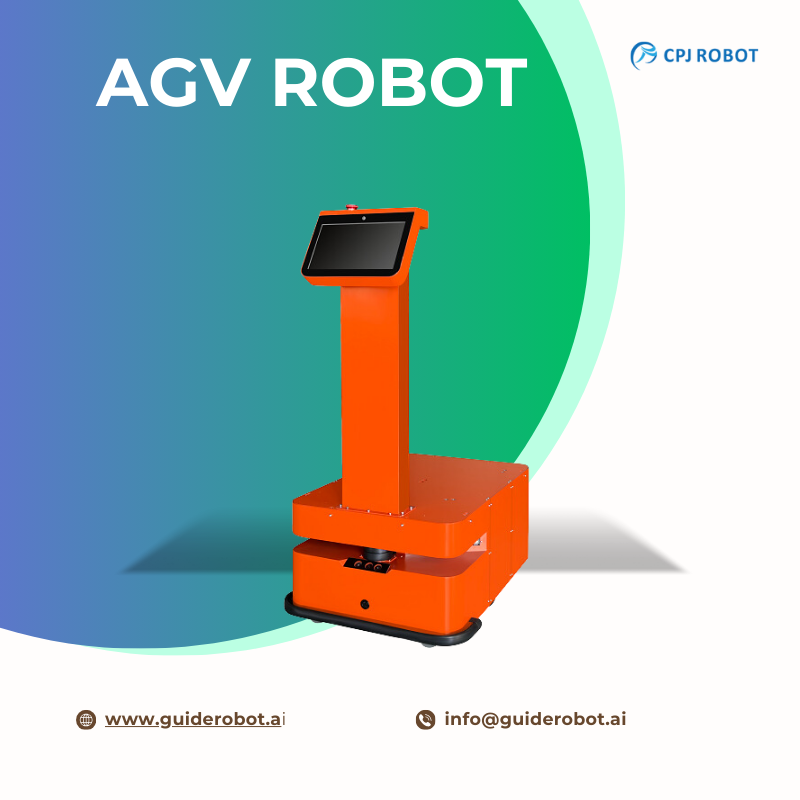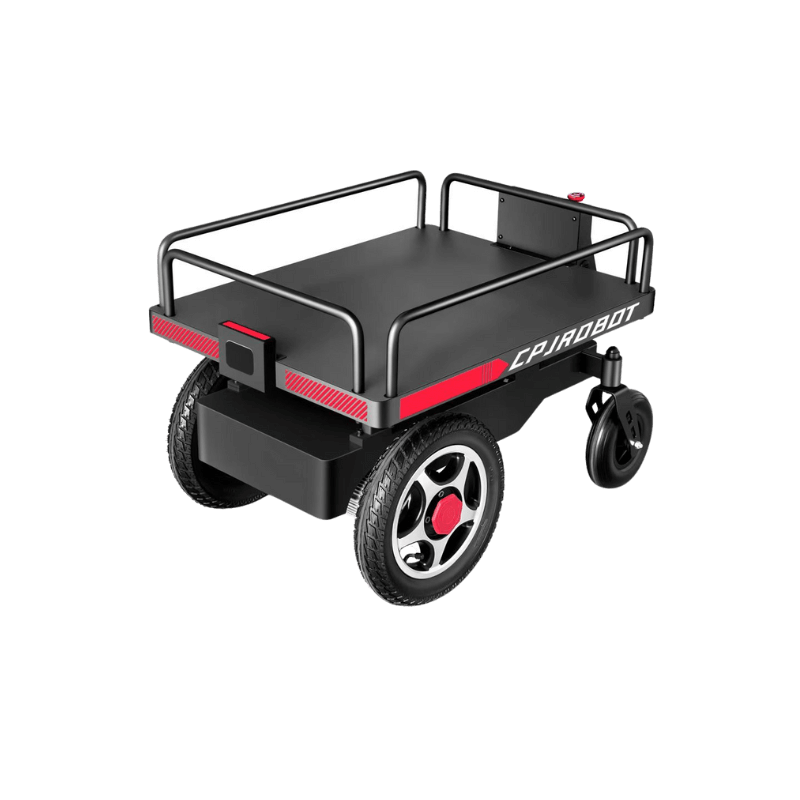Automated Guided Vehicles (AGVs) are self-driving vehicles designed to move materials and perform tasks without human intervention, following predefined paths. They come in various types, each suited for specific tasks and environments. Here are the common types of AGV robots:
Types of AGV Robots
- Traditional Guidance AGVs: These AGVs follow ground markers such as magnetic strips or guided lines to navigate their paths and directions.
- Laser-Guided AGVs: These AGVs use laser sensors to scan the environment, determining their position and navigation paths.
- Vision-Guided AGVs: Utilizing visual recognition technologies such as cameras or LiDAR, these AGVs perceive their surroundings and navigate accordingly.
- Inertial Navigation AGVs: These AGVs rely on inertial navigation systems, such as accelerometers and gyroscopes, to determine their position and movement.
- Autonomous Obstacle Avoidance AGVs: Equipped with multiple sensors like ultrasound, infrared, or radar, these AGVs can detect and avoid obstacles autonomously.

Factors to Consider When Choosing an AGV Robot
When selecting an AGV robot, businesses should consider the following factors:
- Work Tasks: Clearly define the specific tasks the AGV will perform, such as material transport, goods handling, or automated assembly.
- Environmental Requirements: Assess the characteristics of the work environment, including floor conditions, space limitations, and temperature conditions, ensuring the AGV can operate effectively.
- Navigation Technology: Choose the appropriate navigation technology based on your needs, whether traditional guidance, laser navigation, vision navigation, etc., to ensure accurate navigation, obstacle avoidance, and task completion.
- Load Capacity: Consider the weight and size of the materials to be transported or handled, selecting an AGV with sufficient load capacity.
- Safety Features: Ensure the AGV has safety features like emergency stop functions, safety sensors, and collision avoidance systems to guarantee safe and reliable operation.
- Scalability: Consider the future growth of your business and the scalability of the AGV system, choosing AGVs that offer upgradeability and adaptability.
Additional Considerations
- Integration with Existing Systems: Ensure the AGV can seamlessly integrate with existing warehouse management systems (WMS) and manufacturing execution systems (MES).
- Maintenance and Support: Consider the ease of maintenance and the availability of technical support to minimize downtime.
- Cost and ROI: Evaluate the cost of the AGV in relation to its potential return on investment (ROI), including potential savings in labor and increased efficiency.
By carefully considering these factors, businesses can select the right AGV robot to enhance their operations, improve efficiency, and achieve a safer working environment.






